Garden Highlight: Herb - Chives
Embark on a flavorful journey with Chives, a versatile and easy-to-care-for herb with culinary and ornamental appeal.
Chives Uncovered: A Culinary and Garden Gem Chives, a member of the Allium family, are a popular herb known for their delicate onion flavor. With their slender, grass-like leaves and pretty purple flowers, Chives (Allium schoenoprasum) are as aesthetically pleasing in a garden as they are flavorful in the kitchen. Native to Europe and Asia, Chives have been a culinary staple for centuries and are beloved by gardeners for their ease of care and attractive appearance.
Growing Essentials: Cultivating Chives in Your Garden
Seed Starting: Chives can be grown from seeds or started from divisions. Sow seeds indoors in early spring or directly into the garden after the last frost.
Planting in California: Plant in early spring. Chives grow well in both full sun and partial shade in California.
Care Requirements: Prefer well-drained soil and regular watering, especially in dry conditions. They are low maintenance and hardy.
USDA Zones Compatibility: Thrive in zones 3-9.
Maturity Timeline: Begin to harvest as soon as the plants are established and 6 inches tall.
Plant Type and Frost Tolerance: A hardy perennial that can withstand colder temperatures.
Growth Pattern: Forms clumps of hollow, tube-shaped leaves, growing up to 12-15 inches tall.
Chives Varieties: Flavors and Forms
Common Chives: Best known, with a mild onion flavor.
Garlic Chives (Allium tuberosum): Has a subtle garlic flavor, with broader leaves and white flowers.
Giant Siberian Chives: Larger than common chives, with a more robust flavor.
Curled Chives: Features decorative, curly leaves.
Chives’ Benefits: Beyond the Onion Flavor
Culinary Uses: Ideal for adding a subtle onion-like flavor to dishes, used in salads, egg dishes, soups, and as garnishes.
Nutritional Value: Rich in vitamins A and C, calcium, and iron.
Ornamental Value: Their purple flowers and neat foliage make them great for borders or as a complement to flower gardens.
Companion Planting: Chives’ Friendly Pairings
Beneficial Companions: Plant alongside carrots, tomatoes, and strawberries. Chives can help deter pests like aphids.
Avoid Planting With: Generally compatible with most plants, but avoid planting too close to peas and beans.
Harvesting Chives: A Continuous Supply
Harvesting Techniques: Cut leaves with scissors, leaving 2 inches of growth for regrowth. Frequent trimming encourages more lush growth.
Propagation: Propagate by dividing clumps every 3-4 years to maintain vigor.
Storage and Preservation: Best used fresh, but can be frozen or dried.
Navigating Gardening Challenges: Easygoing Chives
Common Pests/Diseases: Resistant to most pests and diseases. Watch for rust and ensure well-draining soil.
California-Specific Growing Tips: In hotter regions, provide some afternoon shade to prevent the leaves from drying out.
Chives’ Enduring Appeal: A Must-Have Kitchen Herb Chives are a delightful addition to any garden, offering both culinary flexibility and visual charm. Their easygoing nature and continuous harvest make them a favorite for both novice and experienced gardeners. Incorporating Chives into your garden and kitchen brings a touch of simplicity and zest to your culinary creations and garden landscape.



